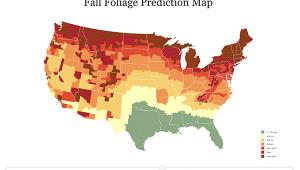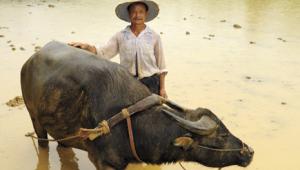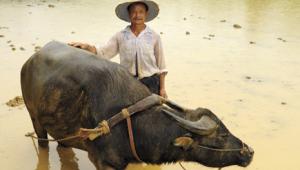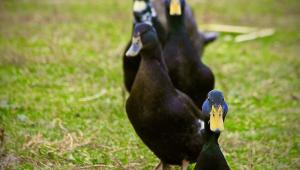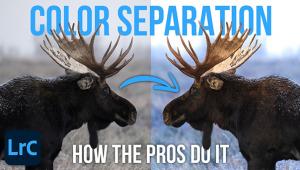A Compassionate Eye With An Educational Intent; The Photography Of Ron Haviv
Ron Haviv has created some of the most moving images of our time, his photographs commanding the highest accolades in the field of photojournalism, including awards from World Press Photo, Overseas Press Club, and Pictures of the Year. Haviv has portrayed the ravages of war, creating the pages of history as the world is being transformed. He has covered conflicts in Panama, Africa, the Balkans, the Middle East, and the desolate country of Afghanistan. The psychological impact of his images is driven by the places and the people he is photographing and his sense of compassion often adds a strange and timeless quality to his photographs, even in these war-torn areas.
Darfur |
|
 |
|
|
I spoke recently with Haviv while he was in Spain. He was to leave the next
day for the southern coast of India to document an ongoing civil war in Sri
Lanka, and as always, carrying the hope of being in a position to help the many
innocent victims caught in the tragedy of war.
"I know that my photographs have made an impact in various ways in the
process of helping people; that has kept me going over the years," he
says.
Haviv decided on his future work when in his senior year at New York University
he took a course in photography. He felt he could tell his stories in pictures
as well as words and began to think about becoming a full-time photojournalist.
Darfur |
|
 |
|
|
"Basically, I didn't know how to go about it," he recalls,
"so I opened the yellow pages and started with the letter A--Associated
Press--Daily News--New York Times...For the most part everyone
hung up on me."
He finally landed a job with the New York City Tribune, a paper, no longer published,
owned by the Unification Church. The director hired him to work in the darkroom
doing the cleanup. "I was never sure if I was being called in to become
a convert or if they were trying to help me out."
When a staff photographer became ill, Haviv had his chance to hit the streets
of New York with his camera. Working for free, he began to meet other working
photographers and was getting published daily. During that time he started to
realize that there were photographers working outside of New York. He finally
got a job with the New York Post and was driving an ice cream truck to support
himself. In New York he met photographer Chris Morris who accompanied him to
Panama to cover the elections and Haviv's pictures wound up on the covers
of TIME and Newsweek.
Afghanistan |
|
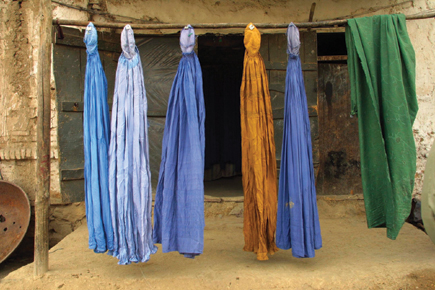 |
|
|
As he continued to work he saw the way his photography could be used to help
the needy, a motivation that has kept him going over the years. "I have
seen my photographs impact in serious ways with individuals and with governmental
matters," he says. "And this has kept me motivated to return to
the same kind of situations."
Haviv covered the war in Bosnia, Kosovo, Macedonia, and Yugoslavia, where he
photographed for five years. This became the basis for his book Blood and Honey:
A Balkan War Journal.
"Yugoslavia was an amazing experience," Haviv recalls. "It
was in the heart of Europe, a place where you were witnessing the same sort
of atrocities--executions of civilians, indiscriminate acts, and concentration
camps. Basically the reports were on live television, in magazines and newspapers
every day. People kept talking about it but the world was not reacting to the
seriousness of the situation."
Blood And Honey |
|
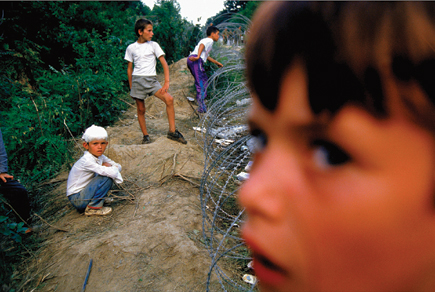 |
|
|
Haviv speaks of the practice of ethnic cleansing and the part he played working
with the defense forces made up of people from the villages. Millions died or
became refugees. Photographers were not crucial as far as being protected and
Haviv was taken prisoner, tortured and beaten for three days, then allowed to
escape.
- Log in or register to post comments
